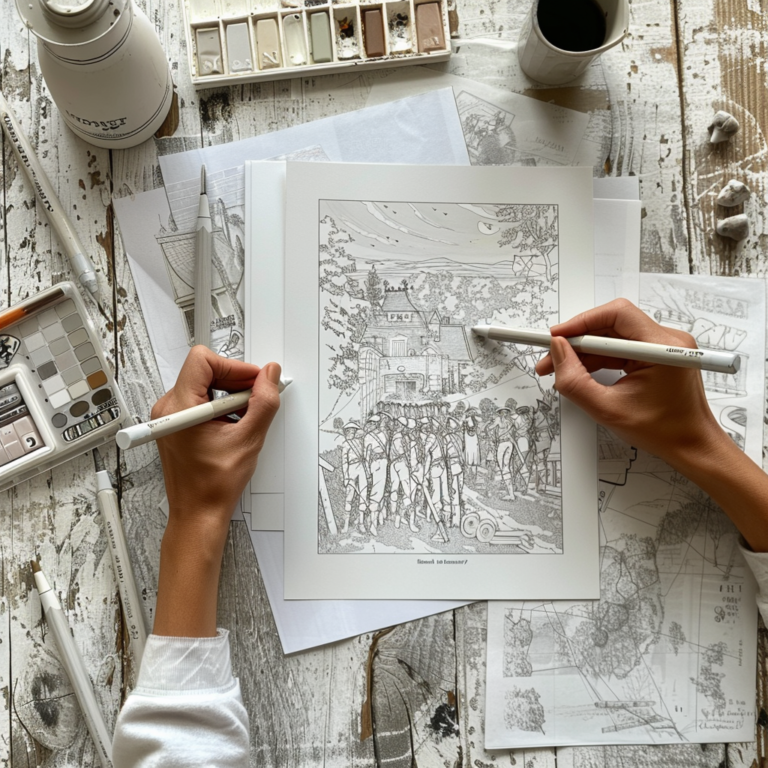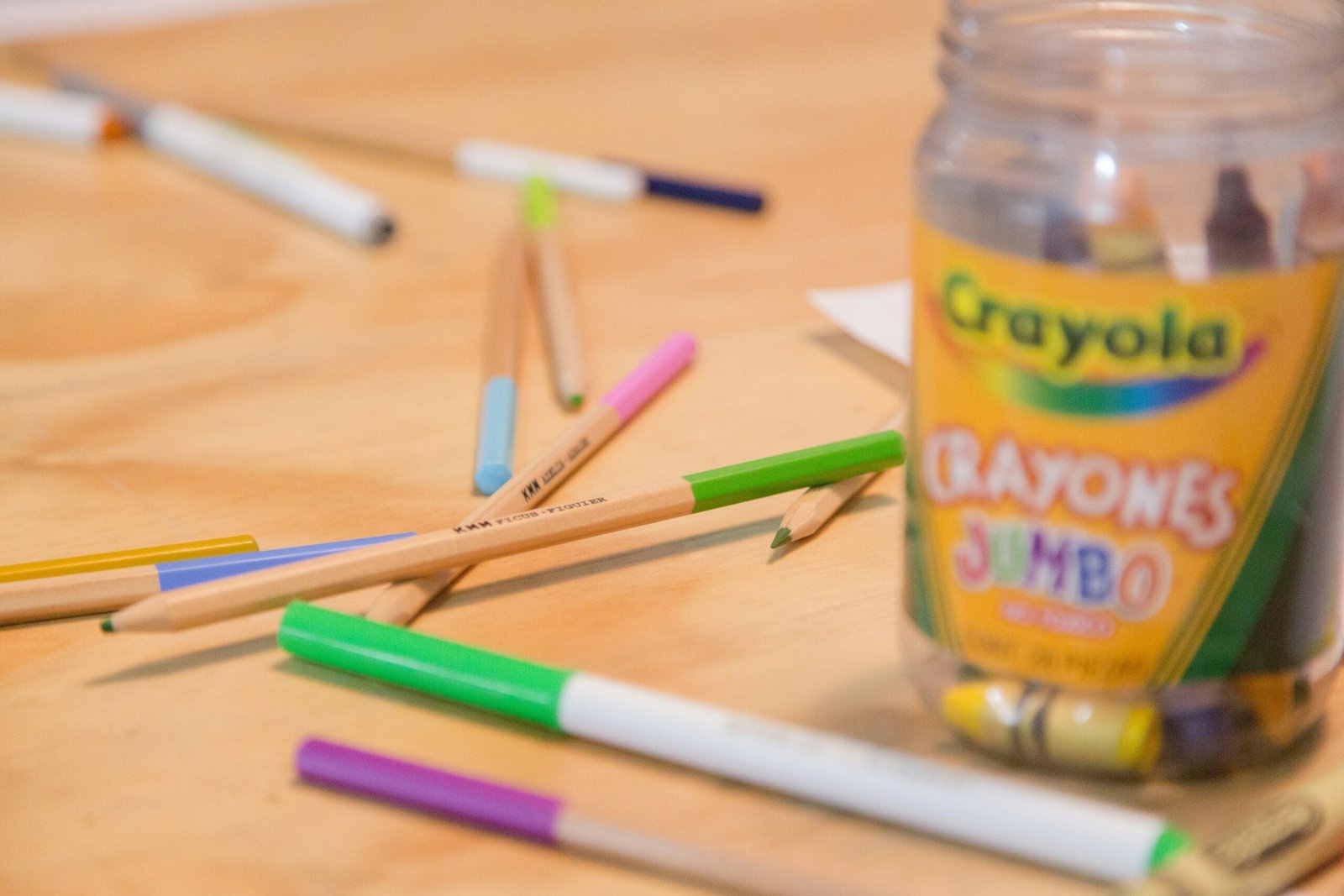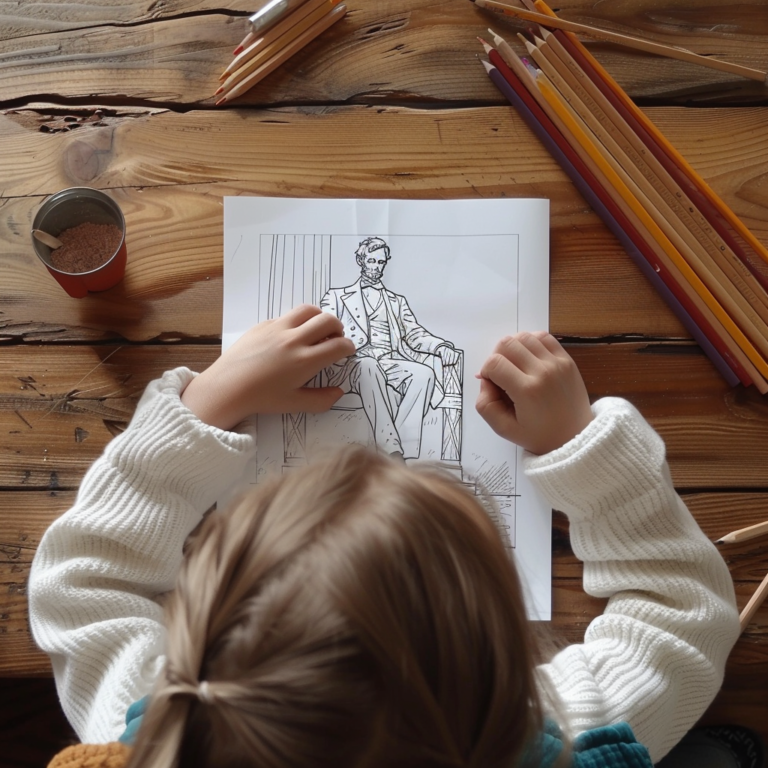Motiv Colors

Creating Texture in Coloring: Techniques for adding depth and texture to your coloring pages.
Introduction
Coloring has long been a popular activity for both children and adults. It’s a creative and relaxing way to express ourselves and bring life to black and white illustrations. While coloring itself is enjoyable, there are techniques you can use to take your coloring to the next level. One such technique is adding texture to your coloring pages. In this blog post, we will explore different texture coloring techniques that will help you bring depth and dimension to your illustrations.
Why Add Texture?
Texture is an important element in any form of art, including coloring. Adding texture to your coloring pages can make your illustrations look more realistic and visually appealing. It adds depth and dimension, making your artwork come alive. Texture can also evoke different emotions and create a more immersive coloring experience.
Techniques for Adding Texture
1. Cross-Hatching
Cross-hatching is a technique where you create texture by drawing a series of intersecting lines. This technique is commonly used in traditional pen and ink illustrations, but it can also be applied to coloring. To create cross-hatching, start by drawing parallel lines in one direction, and then draw another set of parallel lines in a different direction, crossing over the first set. Vary the spacing and thickness of the lines to create different textures.
2. Stippling
Stippling is a technique where you create texture by using small dots or dots of varying sizes. To create stippling, simply use your coloring tool to make a series of dots on your coloring page. The closer the dots are together, the darker the area will appear. Stippling can be used to create a wide range of textures, from rough surfaces to smooth gradients.
3. Scratching
Scratching is a technique where you use a sharp object, such as a toothpick or a craft knife, to scratch the surface of your coloring page. This technique is especially effective when used on pages with a thick layer of colored pencil or pastel. By scratching the surface, you can reveal the underlying layers and create texture. You can scratch in different patterns to create different textures, such as wood grain or fur.
4. Blending
Blending is a technique where you use a blending tool, such as a blending stump or a cotton swab, to blend different colors together. Blending can create smooth transitions between colors and give your coloring pages a soft and realistic look. You can blend colors in different directions to create different textures, such as the grain of wood or the ripples of water.
Using Color Texture
Adding texture to your coloring pages is not limited to just black and white illustrations. You can also use texture to enhance the colors in your artwork. Color texture can be achieved by layering different colors, using different coloring techniques, or even using textured coloring tools, such as textured brushes or sponges. Experiment with different color combinations and techniques to create unique and vibrant illustrations.
Illustration Books and Coloring Pages
If you’re looking for inspiration and ready-made illustrations to practice your texture coloring techniques, there are plenty of resources available. One popular option is the Amazon coloring book section, which offers a wide variety of coloring books for all ages and skill levels. Look for books that feature intricate illustrations with plenty of opportunities for adding texture. These books often provide helpful tips and techniques to guide you along the way.
Conclusion
Adding texture to your coloring pages can elevate your artwork and bring it to life. Whether you’re using traditional coloring tools or experimenting with digital coloring, the techniques mentioned in this blog post can help you create depth and dimension in your illustrations. Remember to have fun and let your creativity shine through. Happy coloring!


